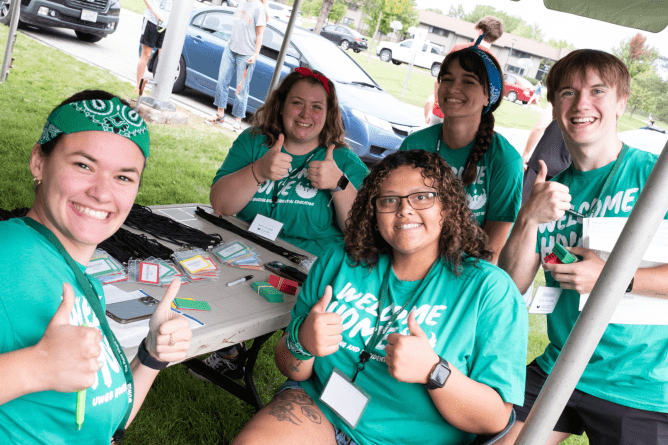Tag: access mission
-
Event Follow-Up: Improving Accessibility in Learning Materials
By
|
On Wednesday, Mar. 6, 2024, CATL teamed up with Assistant Professor of Humanities, Kristopher Purzycki, for a workshop on improving the accessibility of educational resources shared in courses and on campus. This session explored common accessibility pitfalls in crafting digital learning materials, covering tasks like creating and sharing PowerPoint presentations, PDFs, and Canvas elements such…
-
Event Follow-Up: Students’ Experiences at UWGB via Neurodiverse Viewpoints
By
|
What are some ways that instructors can support neurodiverse students? On Wednesday, Feb. 7, 2024, CATL collaborated with Assistant Vice Chancellor Stacie Christian to host a student panel on neurodiversity. Six student panelists shared their experiences as neurodiverse learners, including common barriers and misconceptions related to neurodiversity. We’ve compiled some common themes from students’ recommendations…
-

Why Didn’t Anyone Do Today’s Reading? – Engaging Students by Building Relationships
By
|
Article by Pamela Rivers The semester is well under way. Your students have taken their first exam. Some are active and excelling. Others have stopped coming to class or are not completing the assigned readings. Welcome to the end of September. Maybe you thought this time it wouldn’t happen. Everyone was eager and excited and…
-
Importable Canvas Resources on Canvas Commons
By
|
CATL has created several Canvas resources that UWGB instructors can import directly into their Canvas courses through the Canvas Commons. To import any of the following resources into your course, access Commons from the global navigation menu while signed into Canvas, and search for the resource by its title below. You can import the resource…
-
10 Dos and Don’ts of Digital Accessibility
By
|
While the digital age has made it easier than ever to create materials that meet accessibility standards, there are still some common pitfalls instructors should avoid. To help instructors create accessible materials, we have assembled our top ten “dos and don’ts” of digital accessibility, along with guides from Microsoft Word, Microsoft PowerPoint, and Canvas for…

